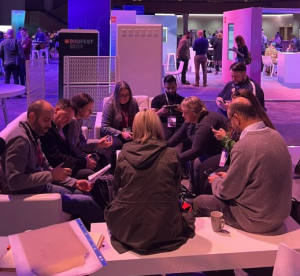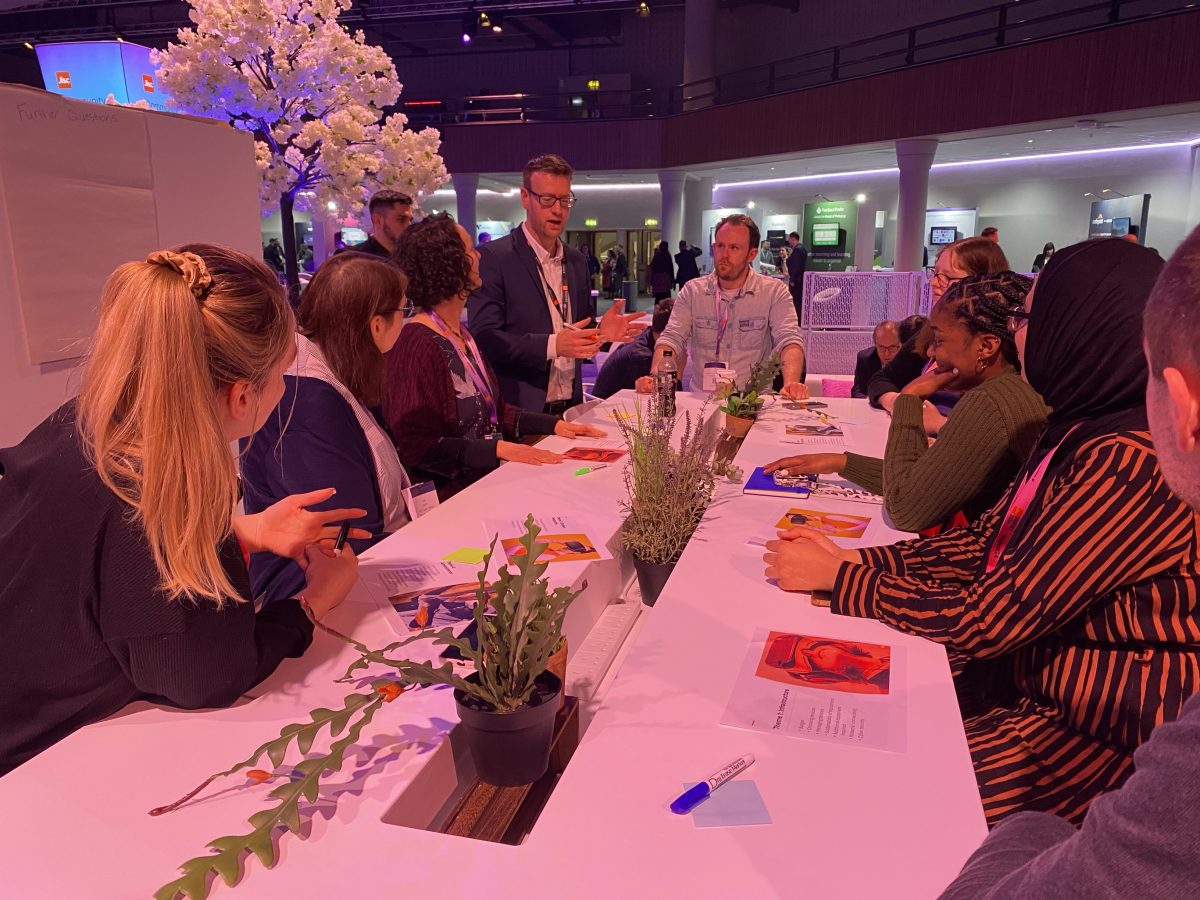Determining a plan for XR
Getting to grips with immersive technologies can involve a process of trial-and-error. However, many community members emphasised the importance of setting a clear goal for what you would like to achieve with the technology. Determine why using XR is the right approach and establish a rough plan for how you intend to achieve these goals, taking into account factors such as timescales and stakeholders.
One of the first steps is assessing the range of available devices and selecting one based on your budget, practicality, device management process, and access to content. Websites like VR Compare can assist with this.
Participants also stressed that it is crucial to engage with curriculum staff from the very beginning, identifying which subject areas you’d like to embed the technology in and working with teaching staff to evaluate the suitability of the content. Members recommended using Bailenson’s (2018) DICE framework as a starting point, which involves identifying learning experiences that are Dangerous, Impossible, Counterproductive or Expensive, and could potentially benefit from simulated learning instead.
Cost was highlighted as a barrier for many during the workshop. To address this, members looked at developing long-term sustainable plans for the content and technology to prevent it from being ‘sat on the shelf’ in a few years. This included ensuring that content can continue to be accessed through laptops and desktop PCs as the technology advances. Return on investment was a key talking point, with some members discussing metrics for evaluation, such as the number of hours the content was used, student satisfaction, how well the content mapped to specific learning outcomes or criteria, and teacher feedback.

Getting teaching staff engaged
In addition to collaborating with teaching staff to ensure XR content is suitable for the curriculum, members discussed strategies for upskilling educators to feel confident using immersive technologies with their learners. One college noted the challenge of not having enough technology-enhanced learning staff to support VR sessions. To overcome this, they developed the concept of a ‘VR drivers’ licence’, which involves delivering professional development sessions to staff and demonstrating how to set up XR equipment. Then, encouraging staff to book out the kit and run sessions themselves.
The practicalities of how those sessions might look were also discussed. Some members recommended a station rotation style lesson where groups of learners alternate access to the equipment alongside other teaching activities. This approach allows the lesson to be more manageable, as running sessions with large numbers of learners in headsets is often challenging.
Getting students engaged
Finally, participants shared examples of where students had engaged with the technology, particularly where it provided access to experiences they may not otherwise have. One member shared how learners studying music practiced within an immersive room using real-life 360 footage of famous orchestras.
Members also discussed where extended reality technologies are used, they must offer something meaningful to the learning experience, and that students need to feel their engagement has been worthwhile. A 2019 report from EDUCAUSE highlighted three areas where students get a meaningful impact from immersive technology: developing skills and competency-based learning, offering more opportunities to gain hands-on experience, and creating new ways of interacting and engaging with one another.
Appointing student champions and co-designing XR experiences with learners can also foster a sense of ownership and engagement. Involving students in the process can help to create immersive and interactive learning experiences catered to their specific needs.
References:
Bailenson, J., (2018). Experience on demand: what virtual reality Is, how It works, and what it can do. W. W. Norton & Company: New York.


One reply on “Planning your extended reality (XR) journey: lessons from our Digifest community workshop”
[…] Planning your extended reality (XR) journey: lessons from our Digifest community workshop – In… […]